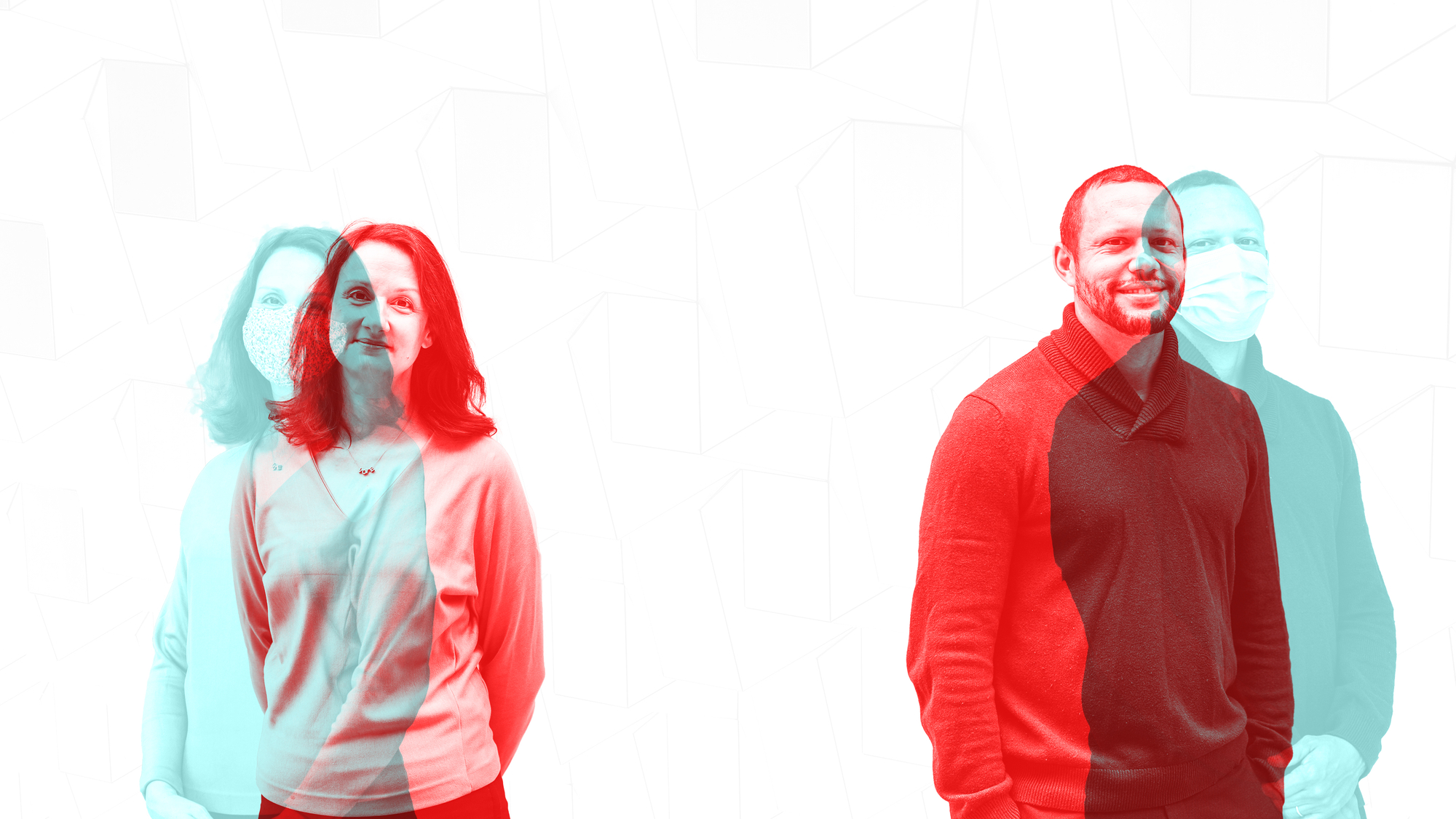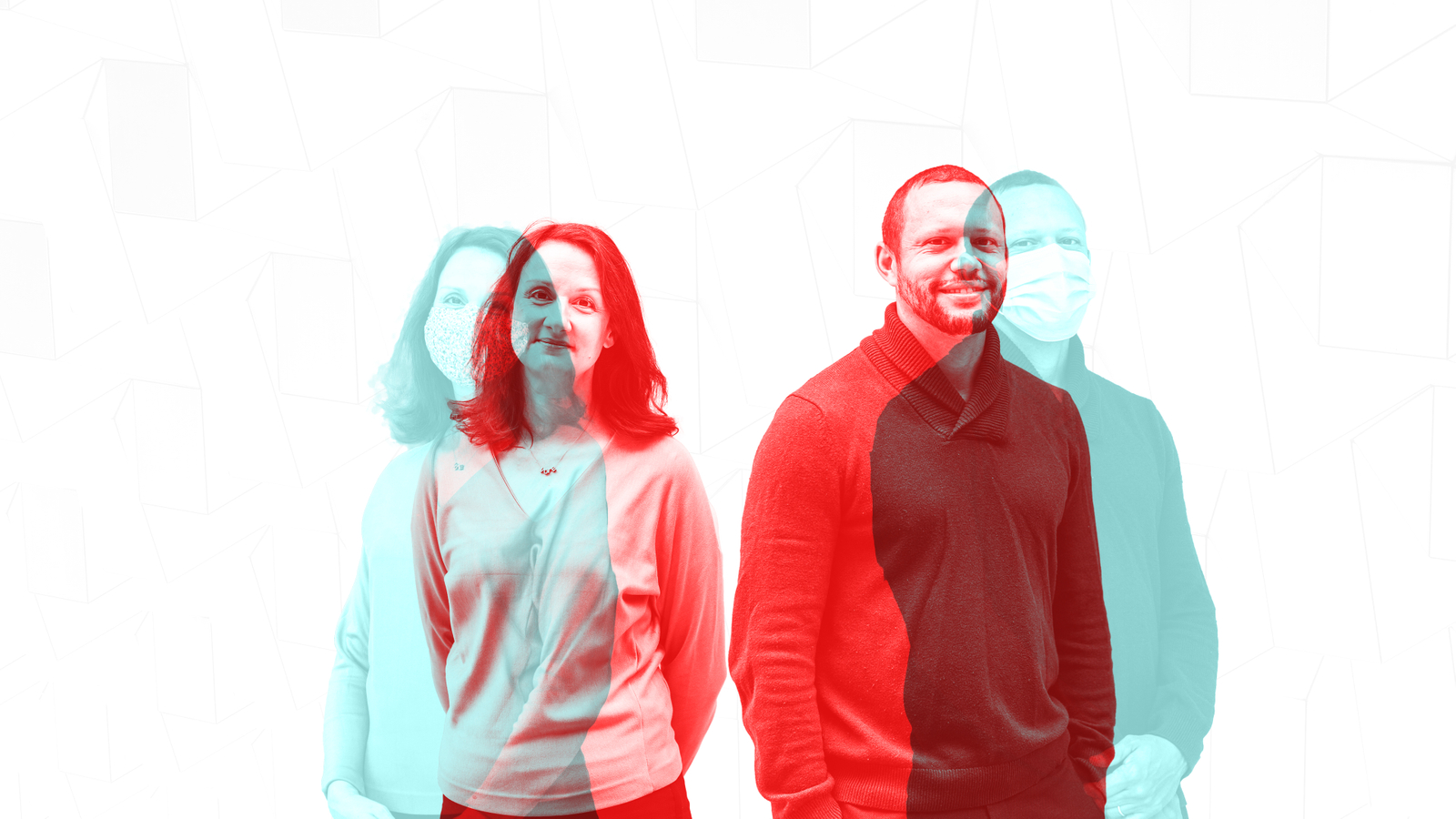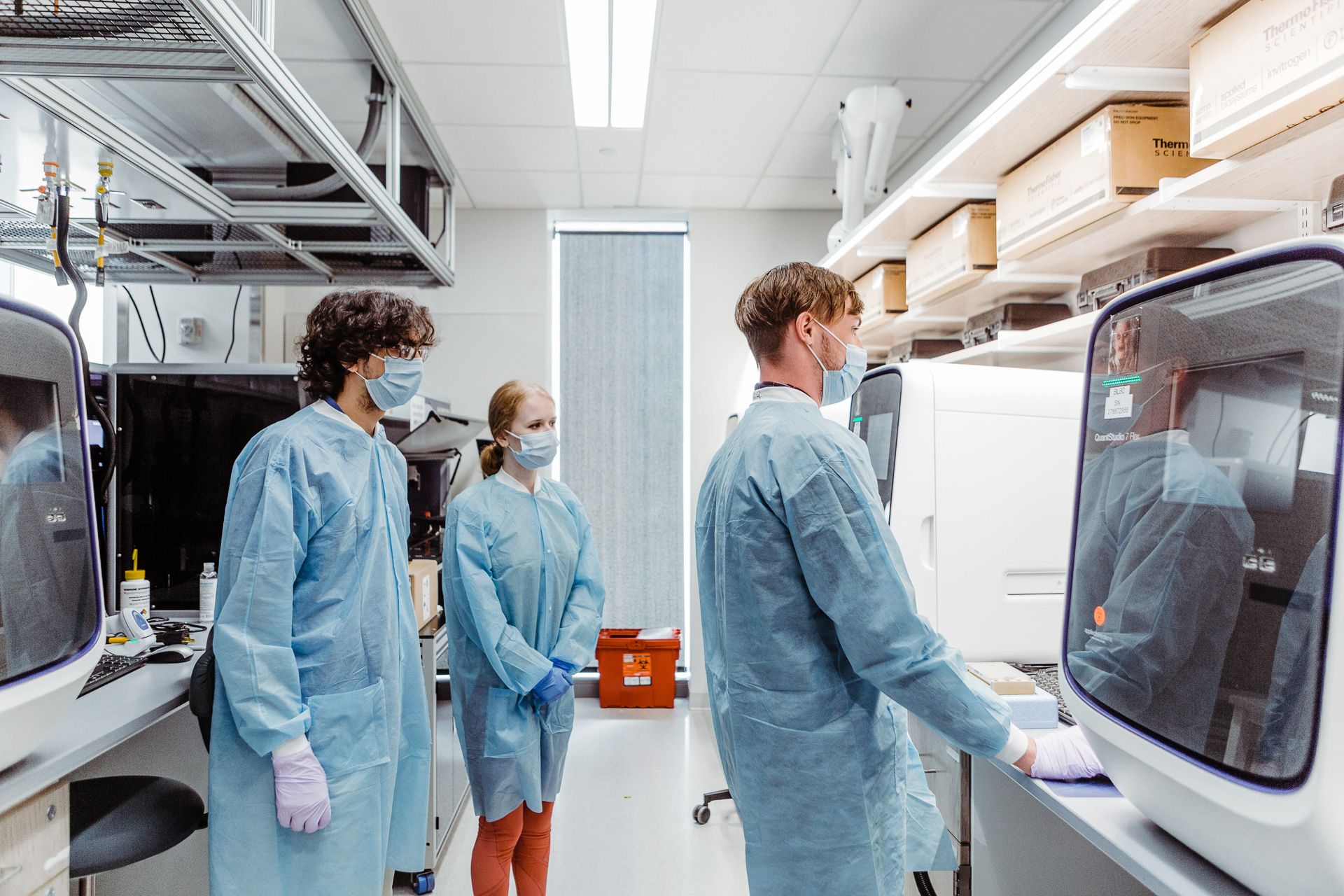

There would not have been any residential campus life in the fall at Boston University, and certainly no in-person classes, if not for a single, expensive, enormous decision that was made way back in April: BU would invest heavily in setting up its own testing lab and contact tracing program for COVID-19.


The spring semester was an unprecedented moment for the University. Students were taking classes from home amidst the widening pandemic, and the status of the fall semester remained uncertain. President Robert A. Brown reached out to Catherine Klapperich, professor of biomedical engineering, and Douglas Densmore, associate professor of electrical and computer engineering, with a big question: Could BU set up its own coronavirus testing lab and contact tracing program from scratch, rather than rely on an outside facility, so that students, faculty, and staff could be allowed to return safely to campus come fall with a rigorous testing and tracing plan in place? “Doug and his team made an estimate for what kind of equipment would be needed to get to this many tests per day,” Klapperich said. “We made a proposal to President Brown and his budget committee, got the funds allocated, and started the job of setting up the lab.”

The goal? To test up to 6,000 members of the BU community every single day, with a test result turnaround time of 24 hours. A group of BU College of Engineering faculty, staff, and graduate students, led by Klapperich and Densmore, raced against the clock to assemble a one-of-a-kind COVID-19 testing facility inside the Rajen Kilachand Center for Integrated Life Sciences & Engineering. One of the most complicated tasks was programming eight liquid-handling robots to automate the testing process. Without the robots, it could have taken scientists up to four hours to process 96 tests by hand. With the robots, the lab could process more than 1,100 tests in two hours.

By August, the first pilot tests were being performed and by September the Clinical Testing Laboratory was up and running, with more than 150 people working at five collection sites across our campuses and thousands of tests being performed daily. As the semester wore on, remarkably, there were no widespread clusters, no known transmissions in classrooms, and minimal virus spread through dorms. More than 500,000 COVID-19 tests were performed by mid-December, with approximately 700 positive results, an impressive rate when looking at overall city and state figures. Gloria Waters, vice president and associate provost for research, described the whole effort succinctly: “This has been a huge undertaking.”
